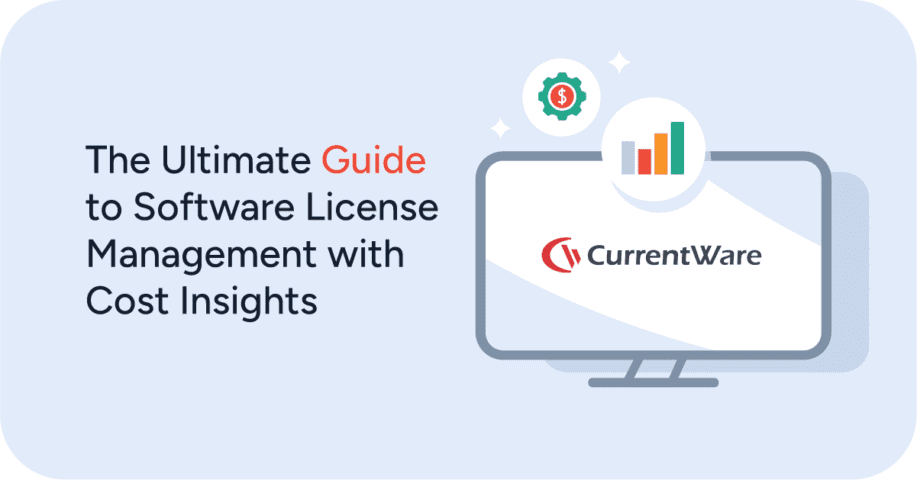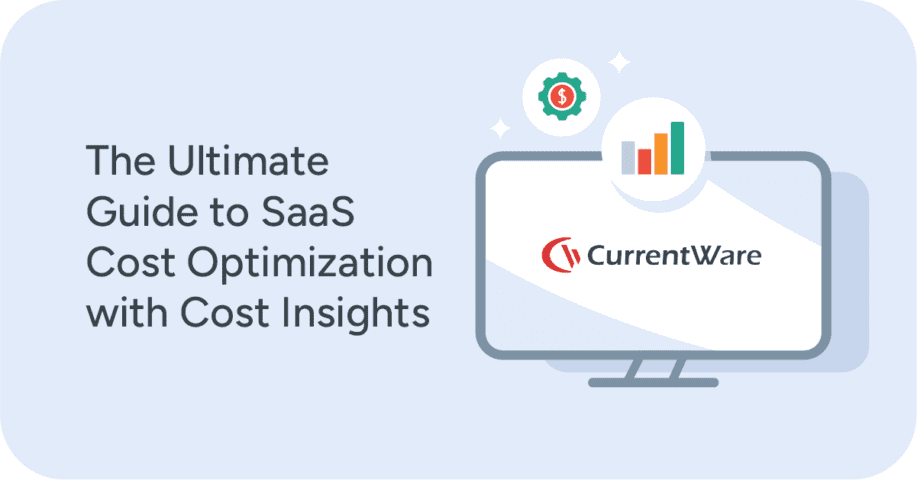How to Make a Flexible Working Policy Work For Your Company

Post-pandemic, many companies need to provide their workforce with a more flexible arrangement in order to remain competitive, improve employee satisfaction, and retain employees.
According to FlexJobs, these are the most important factors that people consider when they evaluate a potential job:
- 73% of respondents consider the work life balance as a crucial factor
- 70% consider the salary offered by the company
- 68% prioritize flexible work options
- 66% rank their work schedule as important
Clearly, many employees value flexible work schedules and related perks. Employers that offer a formal flexible work policy with general guidelines ensure that their employees feel much more valued when compared to those that only offer standard work schedules.
Fortunately, more employers are beginning to understand the value of flexible arrangements.
A 2020 Gartner survey of company leaders found that:
- 82% of leaders are planning to allow employees to work remotely some of the time
- 47% intend to allow them to work remotely full time
- About 43% are planning to grant flex days
- And 42% of leaders are planning to offer flex hours at the workplace
The importance of flexibility cannot be understated; of the over 300 HR leaders surveyed in the U.S. for Capterra’s 2022 Flextime Survey, 48% say their organization now allows some employees to set their own work hours and 47% have adopted a four-day workweek.
In this article you get tips for implementing a successful flex work policy. I will also overview the potential pros and cons and the key provisions you need to cover in your policy.
Get Your FREE Work From Home Policy Template
- Define eligibility requirements for remote/hybrid work
- Communicate security, productivity, and schedule expectations
- Set acceptable use of company assets for WFH employees
Get started today—Download the FREE template and customize it to fit the needs of your organization.
What is a Flexible Working Policy?
A flexible work policy lets employees manage their hours worked in a way that best meets their needs. These policies provide a pathway for the employee to select the most suitable work schedules to achieve a balance between employee productivity levels and their desired work/life balance.
A flexible working policy will include general provisions that aid in setting expectations for eligible workers. These provisions may include communication methods, core availability, what work must be done in a physical office space and what can be done remotely, etc.
These policies cover a variety of alternative ways of doing things such as having flexible start and finish times, working from home, and hiring part time employees.
What Should a Flexible Work Arrangement Include?
1) Eligible Responsibilities and Tasks
While many roles will have tasks that can be carried out independently and asynchronously, your organization may require more synchronous and on-site tasks such as in person meetings and tasks that require office supplies.
The policy should highlight the tasks and roles that are eligible for flex time and those that need to be completed on-site or within official work hours.
2) Communication Policies and Procedures
The policy should provide details about how an employee should communicate and what modes of communication are suitable.
- How should eligible employees be reached during standard hours?
- What methods of communication are best suited for the arrangement?
- How responsive should they be to each form of communication?
- Do employees need to alert anyone when they want to take advantage of their flexible schedules, or is it purely at their own discretion?
3) Core Working Hours in the Flexible Work Schedule
While flexible working hours are intended to provide freedom for start and stop times, which hours employees are available can be important for many organizations. For this reason many organizations will define core timeframes than an eligible employee works each week; this ensures that they are available to answer inquiries in a timely manner.
4) Key Performance Indicators
In order to fully reap the benefits of flex work, it’s crucial that everyone involved is aware of how success will be measured. Whether or not you allow remote work your team needs a baseline of comparison so they can demonstrate that they are working successfully.
To help keep your teams on track it is best to limit the number of performance metrics used. Having clear targets and expectations gives employees that work from home a known goal that they can work to achieve and continually improve on. Being overloaded with metrics can produce the opposite effect as the mission-critical metrics become less clear and competing priorities may emerge.
The exact metric that will be used will depend heavily on your organization’s industry, the department the employee works in, and the current priorities. Whatever it is, management and employees alike need to be acutely aware of the metrics that will be used to assess performance. Typically the indicators of performance will be results-oriented, focusing more on the desired output rather than the input of each employee.
Examples of metrics/KPIs
- Are clearly stated project/task goals, milestones, and deadlines being met?
- How much progress is being made on high-priority targets?
- Are employees meeting the goals they’ve set for themselves?
- How many important tasks were completed in a timely manner?
- Are the results of this period of time comparable to the previous period?
Want to improve your performance at work? Check out these tips for improving work performance
Get Your FREE Employee Performance Improvement Plan (PIP) Template
- Set expectations for underperforming employees
- Establish a timeline for improving on actionable goals
- Keep track of check-ins and milestones throughout the PIP
Get started today—Download the FREE template to correct employee productivity and conduct issues.
What Are Examples of Flexible Work Arrangements?
Compressed Workweeks
In a compressed schedule an employee will work longer hours each work day in order to have less total work days. For example, if a standard workweek is 40 hours a week over 7 days an employee could work four 10 hours days rather than five 8 hours days.
A compressed schedule gives workers an extra day off, better work-life balance, and reduced commute times, all of which translate to an improved experience in the workplace.
Hybrid Work Model
A hybrid work model includes a mix of in-office and remote employees. The term also describes companies that allow employees to work from home at least some of the time.
- According to Stanford’s Institute for Economic Policy Research 55% of US workers want a mixture of home and office working.
- 80% of employees in a 2019 Owl Labs report said that they want to work from home at least some of the time
So, what exactly is the sweet spot for “some of the time”?
According to the Stanford business leaders should expect to give their employees 1-3 work-from-home days per week. This ratio gives employees ample time for focused virtual work while also allowing them to see their colleagues in person for more collaborative tasks.
“The best advice is to plan to work from home about one to three days a week. It’ll ease the stress of commuting, allow for employees to use their at-home dates for quiet, thoughtful work, and let them use their in-office days for meetings and collaborations.”
Stanford’s Institute for Economic Policy Research
Telecommuting/Remote Work
Telecommuting and remote work are both arrangements that involve spending work hours working from home or from another remote location.
The major difference is that remote work allows employees to work from anywhere, whereas telecommuting employees optionally work off-site but may be expected to come into the office on occasion.
Freelance Work
Freelancers are contractors and they preferably work on a project basis with more control over activities and a self-determined or negotiated fee, whereas employees work regularly for a specific company with a fixed compensation and benefits package.
The popularity of freelance work depends upon the percentage of work or business processes outsourced by the companies. PR Newswire research found that about 52% of small-scale companies plan to outsource business processes in 2019 to increase efficiency and expertise.
The Pros and Cons of Flexible Work Policies
Pros of a Flexible Work Policy
Cost Savings
Companies that implement flexible work plans can benefit from significant cost savings. These savings include reduced real-estate costs when employees are allowed to work from home, savings from reduced attrition rates, and the ability to attract top talent with greater ease.
Retain Talent
A Gallup survey identifies that 54% of the workers they surveyed left their current job for a company that offers flexible work time. While a healthy compensation package is still a top priority for many applicants, a good work/life balance is typically a leading factor in where someone chooses to work.
Improved Work Life Balance
Flex work helps employees better allocate their time between their personal and professional needs. This improved work/life balance provides peace of mind to employees, leading to better employee engagement.
Promotes Diversity and Inclusion
Having a pool of employees with different backgrounds promotes diversity and helps develop innovative ideas. Flexible work policies make employment accessible to a wider variety of people such as parents, persons with disabilities, those from a greater geographical distance, and anyone else that requires an alternative arrangement in order to participate in the workforce.
Learn more about the benefits of remote workers
Cons of a Flexible Work Policy
Change in Management Style
Properly supporting flex work requires significant changes to management strategies. Managers must commit to supporting flex work by adjusting their management style to include asynchronous project management, prioritizing in-person tasks within a core window of opportunity, and adopting new communication strategies.
Disparities Between Remote vs In-Office Staff
Employees working remotely commonly face the problem of feeling isolated and being less involved in organizational activities. A chronic lack of communication between remote workers and managers may result in them being neglected in important decision-making processes.
Managers that are adapting to flex work must make an effort to ensure that important news, information, and decision making processes are made available to both in-office and remote staff.
Difficulties Maintaining Core Availability for In-Person Collaboration
Flexible hours provide less organic opportunities for employees to converse informally, which may stifle innovation. To compensate for this managers need to encourage innovation by giving employees permission to spend time and energy on developing new ideas.
Five Tips For Implementing Successful Flexible Work Policies
Regardless of whether you are a small business or a large company, adjusting how employees work is a major change. Here are some ideas to help your HR department effectively build and implement a flexible work plan.
1) Get Buy-In From Business Leaders
Flexible work policies without the opinions and suggestions of business leaders negatively impact the overall transformation to new work arrangements. Business leaders are policymakers, and their buy-in is critical for the successful introduction of a flexible schedule.
Here are seven important questions your business leaders may have regarding a flexible work arrangement:
- What do you expect the outcome to be?
- What kind of changes should be introduced to support flex hours?
- How will the success of your trial run be measured?
- How will we maintain employee engagement in a remote/flexible environment?
- What kinds of training initiatives do we need to provide?
2) Ask Employees What They Want
The most important stakeholder of the policy is the employee. When developing flexible schedules it’s important to collect suggestions from employees as their opinions will help guide a successful implementation.
3) Use Monitoring Tools to Collect Workforce Analytics Data
While there are ample benefits to supporting flex work policies, many business leaders are understandably concerned about the productivity of remote workers and other team members.
There are several types of employee monitoring that employers can use depending on their goals.
Employee performance monitoring tools enable greater flexibility by providing HR and managers with the metrics they need to verify that employees are just as successful working flex hours as they are when following standard work hours.
“HR will not be replaced by data analytics, but HR who do not use data and analytics will be replaced by those who do.”
Nadeem Khan
Improve Employee Productivity With
CurrentWare’s Remote Employee Monitoring Software
Ready to get advanced insights into how your employees spend their time? Reach out to the CurrentWare team for a demo of BrowseReporter, CurrentWare’s employee and computer monitoring software.
- Improve Productivity
Track unproductive web browsing and idle time to detect time-wasting - Save Time With Intuitive Reports
User-friendly reports make it easy to understand employee computer activity - Enhance Visibility
See how employees spend their time—even on Terminal Server and Remote Desktop Services!
4) Train Managers How to Manage Remote Employees
If your flexible work policy allows for telecommuting you need to provide managers with the training they need to manage a remote team.
We’ve created a supplementary article that outlines the challenges of managing remote workers and provides managers of newly remote teams with tips for managing communication, collaboration, and culture.
Learn More: How To Manage A Remote Team
5) Run a Pilot For a Trial Period
If business leaders haven’t seen this type of arrangement work in other environments, they’ll understandably be reluctant to make such a significant change. In addition, suddenly implementing flexible work arrangements for the entire company all at once can be incredibly disruptive to existing processes.
To get the most out of these policies it’s important to first start with a pilot program. This trial run will ensure that you collect enough data to demonstrate the benefits and identify potential pain points caused by the flexible work policy so they can be mitigated before it’s implemented at-scale.
A basic pilot program will take a few employees from different departments to see how their departments adjust to not having everyone working synchronously within a shared space. The length of time required to get enough data will vary greatly depending on the context of your organization, though it’s not uncommon to see lengths between 1 month and 1 year.
Conclusion
Companies that want to remain competitive should consider implementing flexible work policies for their employees. These policies reduce attrition and attract talent with greater autonomy, work/life balance, and overall satisfaction.
Getting the most out of these arrangements requires a significant investment in developing new policies, designing pilot programs, and collecting data to measure the results. After a successful pilot program companies will be better equipped to offer these highly desirable perks to their workforce.
[sc name=”work-from-home-policy-template” ][/sc]


